
2020 BMW G 310 GS - Real World Test
- Dec 20, 2020
- Views : 16470

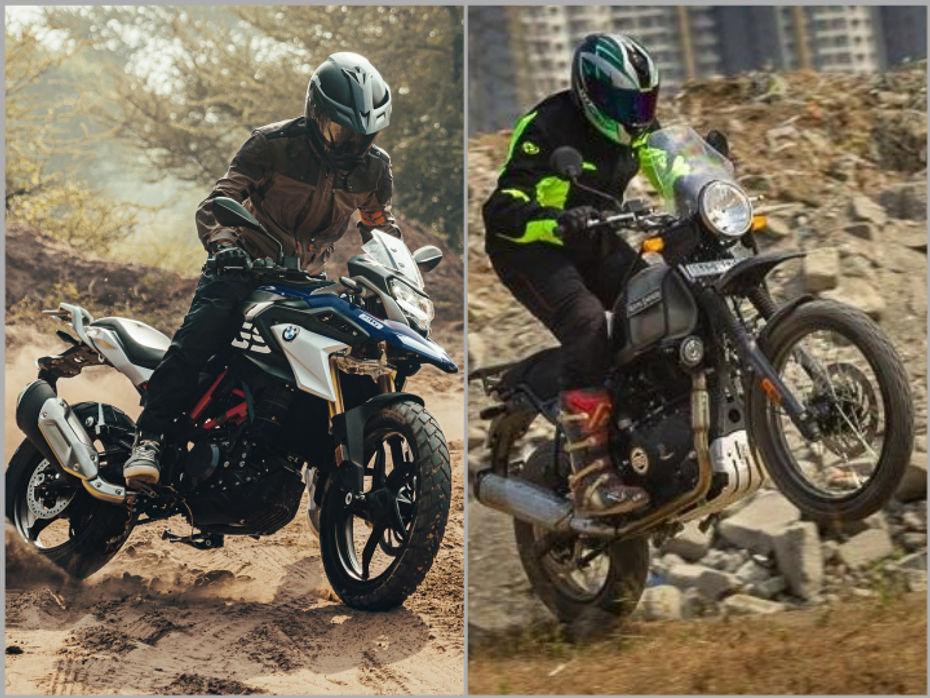
BMW Motorrad unveiled the Euro 5/BS6-compliant BMW G 310 GS globally last week. This small-capacity ADV is all set to be launched along with its naked sibling, the BMW G 310 R, on October 8. Other than the price, we know pretty much everything about the BMW G 310 GS BS6. So let’s see how the latest baby GS stack up against its only Indian rival: the Royal Enfield Himalayan.
Engine:
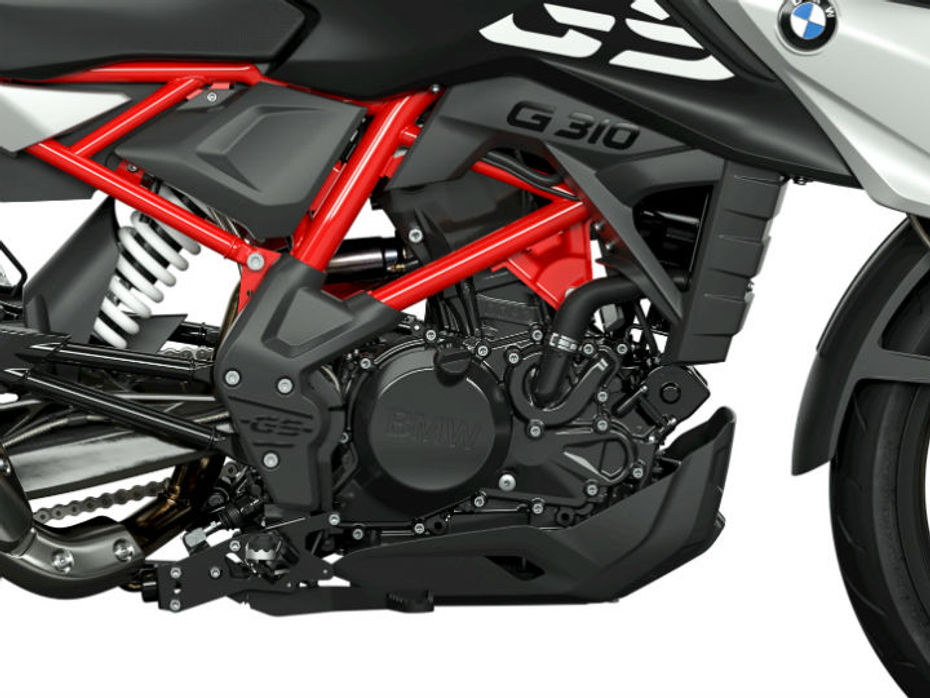
|
Specifications |
BMW G 310 GS BS6 |
Royal Enfield Himalayan BS6 |
|
Engine |
313cc, single-cylinder, liquid-cooled, fuel-injected 4-valve engine |
411cc, single-cylinder, air-cooled, fuel-injected engine with oil cooler |
|
Power |
34PS @ 9500rpm |
24.31PS @ 6500rpm |
|
Torque |
28Nm @ 7500rpm |
32Nm @ 4000-4500rpm |
|
Gearbox |
6-speed with assist and slipper clutch |
5-speed |
BMW Motorrad has managed to make the G 310 GS’ engine comply with BS6/Euro 5 norms without hampering its output figures. It makes the same amount of power and torque as before. This liquid-cooled engine makes its peak power and torque higher up the rev range, compared to the long-stroke motor in the Royal Enfield Himalayan. The added displacement, coupled with the torquey nature of the long-stroke engine, help in making more torque earlier down the rev range compared to the baby Beemer. This is a crucial aspect when it comes to effortless off-roading. On the other hand, the BMW G 310 GS BS6 gets ride-by-wire for a smoother throttle response along with adjustable brake and clutch levers. Its highway-faring 6-speed transmission also gets assist and slipper function for extra practicality and safety. The 169.5kg kerb weight of the Beemer should also play a big role in making the bike sprightlier than the 199kg (kerb) Himalayan.
Underpinnings:

|
Specifications |
BMW G 310 GS BS6 |
Royal Enfield Himalayan |
|
Frame |
Tubular spaceframe |
Half duplex split cradle frame |
|
Front suspension |
41mm inverted fork with 180mm spring travel |
41mm telescopic fork, 200mm travel |
|
Rear suspension |
Preload adjustable monoshock with 180mm spring travel |
Linked monoshock, 180mm wheel travel |
|
Front brake |
300mm disc with radial caliper, ABS |
300mm disc with floating caliper, ABS |
|
Rear brake |
240mm disc, ABS |
240mm disc, ABS |
|
Front tyre |
110/80 R-19 |
90/90 - 21 |
|
Rear tyre |
150/70 R-17 |
120/90 - 17 |
The Royal Enfield Himalayan is easily the superior choice if you’re looking for an off-road-friendly adventure tourer. Its longer travel front fork, coupled with the large front spoke wheel with block pattern tyre, should help in going over harsh terrain effortlessly. On the other hand, the BMW G 310 GS is still a road-biased tourer with alloy wheels. It also gets radial tyres which should improve cornering confidence thanks to their stronger sidewalls, compared to conventional tyres. Additionally, these tubeless tyres can also handle punctures much more easily than the tubed ones in the Himalayan. As far as braking is concerned, the G 310 GS’ front radial caliper should theoretically offer better feedback and progression. This along with its lighter weight should make the baby GS a more agile motorcycle than the Himalayan, at least on paper.
Dimensions & features:
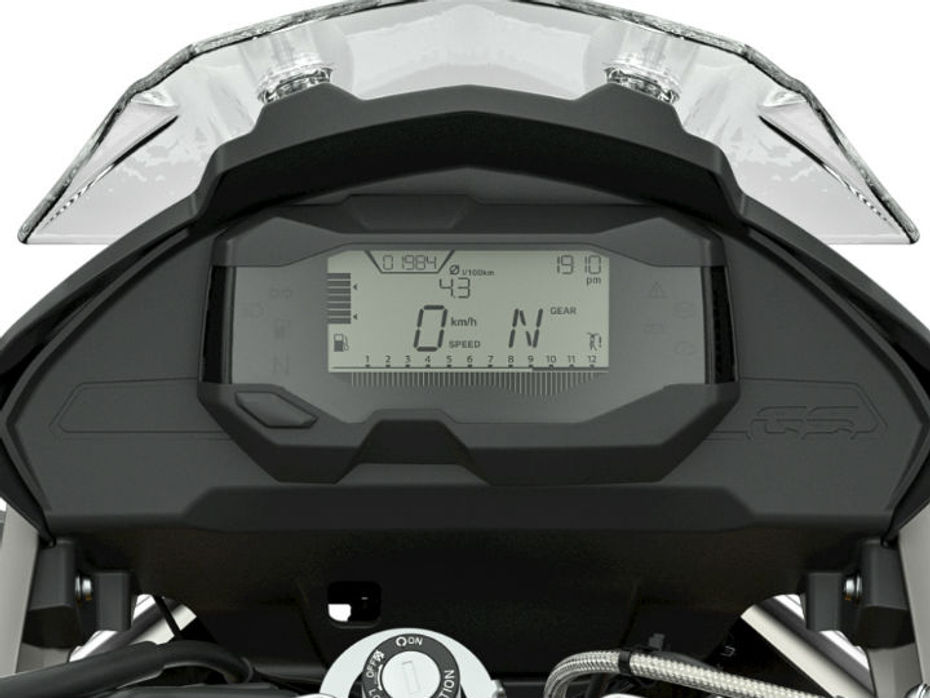
|
Specifications |
BMW G 310 GS BS6 |
Royal Enfield Himalayan BS6 |
|
Wheelbase |
1420mm |
1465mm |
|
Ground clearance |
NA |
220mm |
|
Fuel tank capacity |
11 litres |
15 litres |
|
Seat height |
835mm |
800mm |
|
Kerb weight |
169.5kg |
199kg |
Despite its off-road-friendly credentials, the Royal Enfield Himalayan has an accessible seat. However, moving around in tight parking spaces could require a bit more effort due to its hefty 199kg weight. When it comes to munching miles, the Himalayan should offer better range between fuel-ups thanks to its larger 15-litre fuel tank. It also has a much longer wheelbase, which should add stability on the straights.
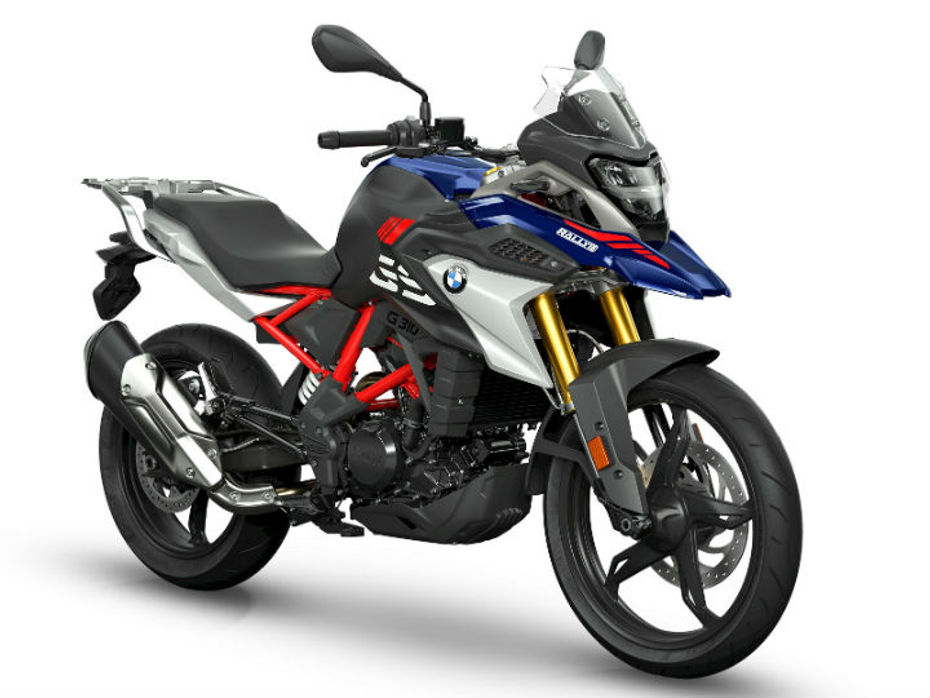
As far as the features are concerned, the Himalayan gets a halogen headlamp with LED tail lamp and bulb indicators. It has a fairly info-laden semi-digital instrument cluster with a gear position indicator, an electronic compass, and an ambient temperature readout. BMW Motorrad has sadly retained the same fully digital instrument cluster as before. But make no mistake, it still shows useful information like distance-to-empty and gear position among other run-of-the-mill bits. We would have appreciated it if BMW Motorrad had offered a TFT screen with smartphone connectivity as a part of the BS6 update, though. That said, it does get other useful bits like 4-position adjustable brake and clutch levers as well as an all-LED lighting system.
Price & Verdict:
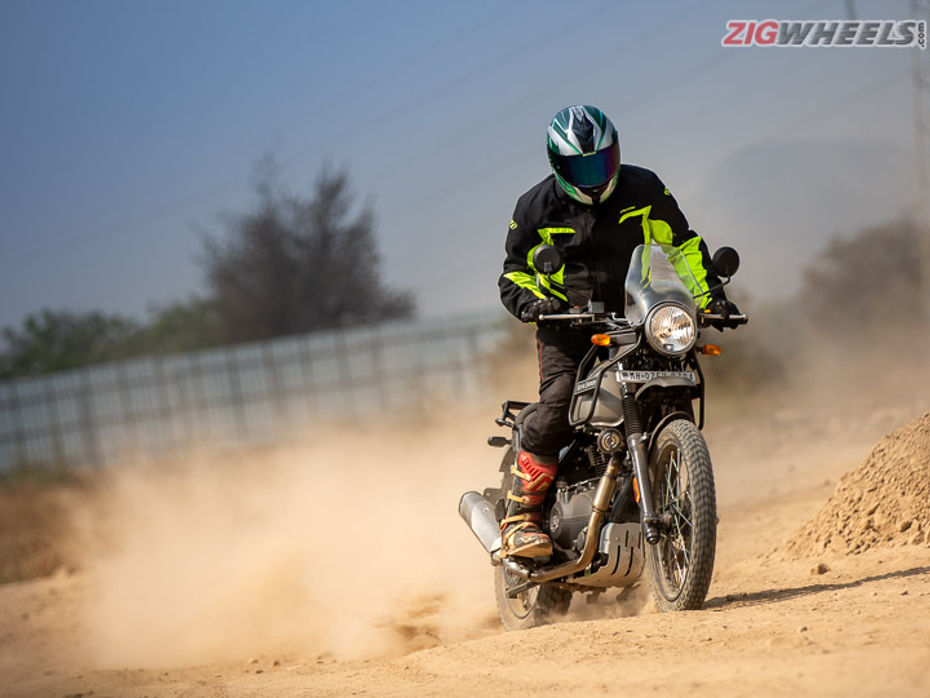
|
BMW G 310 GS BS6 |
Royal Enfield Himalayan BS6 |
|
Rs 2.85 lakh |
Rs 1,91,401 |
BMW has done a stellar job by making the G 310 GS a lot more accessible for more riders by giving it a major price cut of Rs 65,000 from its BS4 model. Despite the massive price cut, it still doesn't undercut the Royal Enfield Himalayan’s aggressive price tag. Overall, if you’re looking for a not-so-expensive adventure tourer that doesn’t shy away from going the less travelled path, the Himalayan is a perfect choice. If you like a comfortable motorcycle that’s capable of munching miles on the highway at speed and turn heads everywhere it goes, the BMW G 310 GS BS6 does make a really good case for itself.
(All prices ex-showroom Delhi)
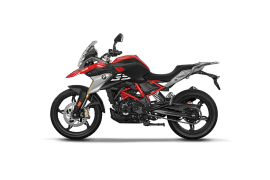

2020 BMW G 310 GS - Real World Test

BMW G 310 GS BS6 vs KTM 390 Adventure: Which One Makes More Sense?

TVS Working On A New Mid-displacement Motorcycle?

Take A Close Look At The Updated BMW G 310 GS

The BS6-compliant Baby Beemers Are Almost Here

BMW’s Baby GS Gets Tech-Savvy In BS6 Guise

BS6 Baby Beemers Launch Date Announced
 BMW G 310 R
BMW G 310 R
 Kawasaki Ninja 300
Kawasaki Ninja 300
 Royal Enfield Himalayan 450
Royal Enfield Himalayan 450
 BMW G 310 RR
BMW G 310 RR
 Triumph Speed 400
Triumph Speed 400
India's largest automotive community
![BMW S 1000 RR[2022-2024] BMW S 1000 RR[2022-2024]](https://images.zigcdn.com/images/spacer.png) BMW S 1000 RR[2022-2024]
Rs. 20.75 Lakh
BMW S 1000 RR[2022-2024]
Rs. 20.75 Lakh
 BMW G 310 RR
Rs. 3.05 Lakh
BMW G 310 RR
Rs. 3.05 Lakh
 BMW G 310 R
Rs. 2.90 Lakh
BMW G 310 R
Rs. 2.90 Lakh
 BMW R 1250 GS
Rs. 20.55 Lakh
BMW R 1250 GS
Rs. 20.55 Lakh
 BMW M 1000 RR
Rs. 49.00 Lakh
BMW M 1000 RR
Rs. 49.00 Lakh